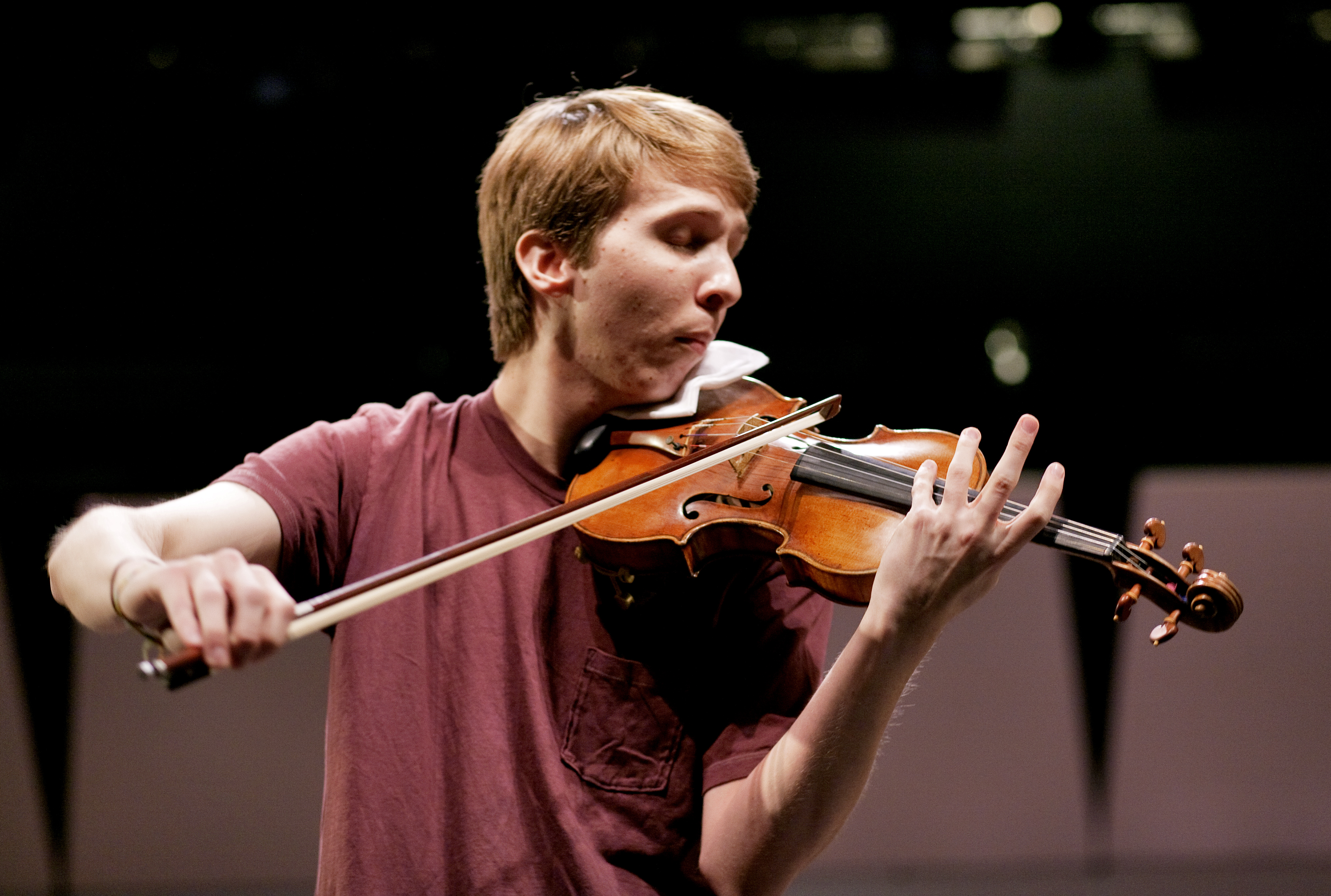Correction: The original version of this article contained an error. The Stradivarius violin was not re-varnished.
It is the Van Gogh of the musical world: part instrument, part art. It is the ultimate violin. It’s a Stradivarius violin. And UCLA owns one.
Over the course of the late 17th and early 18th centuries, an Italian violin maker named Antonio Stradivari crafted a series of violins that came to be known as “Stradivarius” violins, or “Strads” for short. These violins came to be thought of as the pinnacle of the violin world because of their craftsmanship and clear, powerful sound.
According to Movses Pogossian, a UCLA professor of violin and chairman of strings, the locations of about 400-500 violins of the roughly 600 that Stradivari was purported to have crafted are known. Pogossian said that the violins made during Stradivari’s “Golden Period,” usually considered the time from 1700 to Stradivari’s death in 1737 when the craftsman made his best violins, are especially admired.
“Golden Period Strads have this uncanny power and pure resonance,” Pogossian said.
The Strad that UCLA owns, known as the “Duke of Alcantara” after the man thought to be its original owner, was made in 1732 during Stradivari’s late Golden Period. Many Stradivarius violins have been given individual names, usually after their original owners. This list includes the Molitor, thought to have belonged to Napolean Bonaparte.
UCLA’s Strad has a history that wouldn’t seem out of place in a collection of fiction. Donated to UCLA in the 1960s by Genevieve Vedder, the “Duke” was mysteriously lost in 1967, purported to be left accidentally by the side of a road by or stolen from a Mr. David Margetts.
ҬFor 27 years, the violin was missing. Then, in 1994, the instrument re-emerged under the ownership of Teresa Salvato, who had received the violin in a divorce settlement.UCLA reacquired the violin by reaching a settlement with Salvato.
At one point, when the school’s music department was the victim of significant budget cuts, the idea was broached that the violin be sold, with the funds from the sale benefitting music students. The violin was restored and put on the market. After a year, however, the violin had not sold.
At this point, Antonio Lysy, UCLA professor of cello and former chair of strings, stepped in on behalf of the “Duke.” He advocated keeping the violin with the music department with the goals of putting the instrument on display through student performances in the hopes of inspiring donors to become involved with the development of the music department.
From that moment on, according to Lysy, the violin was considered a benchmark for the music department, one to be looked up to as a symbol of greatness and the ultimate goals of an aspiring musician. Today, the Strad continues to be a symbol of excellence and a source of pride for the music department. The violin is performed on in concerts several times per year. Just last Thursday, Luke Santonastaso, a third-year violin performance student, played the Stradivarius violin with the UCLA Philharmonia after winning the opportunity through a formal audition process in front of a panel of judges.
“(Having the violin) gives all the people in the violin department something to work for,” he said.
The man or woman playing the violin isn’t the only person to benefit from its presence. According to Neal Stulberg, a UCLA professor of music, director of orchestral studies and director of the UCLA Philharmonia, the brilliance of the Strad’s sound elevates the music of everyone in the performance.
“When an orchestra accompanies a soloist playing an instrument like this and hears the quality of sound that comes from the instrument, they automatically improve the quality of their own playing … it makes orchestral music even more of a pleasure,” Stulberg said.
Now that it is back with the music department, the “Duke of Alcantara” has come alive again, jumping right out of history.
“What is mind-boggling is that it is not only a collectors’ item … it’s not just a piece of art for you to admire but it’s something to put your hands on and learn from,” Pogossian said.
